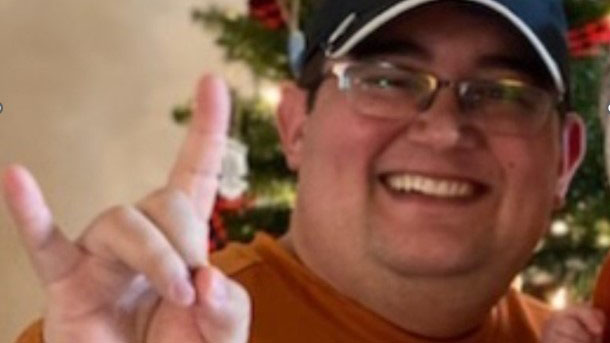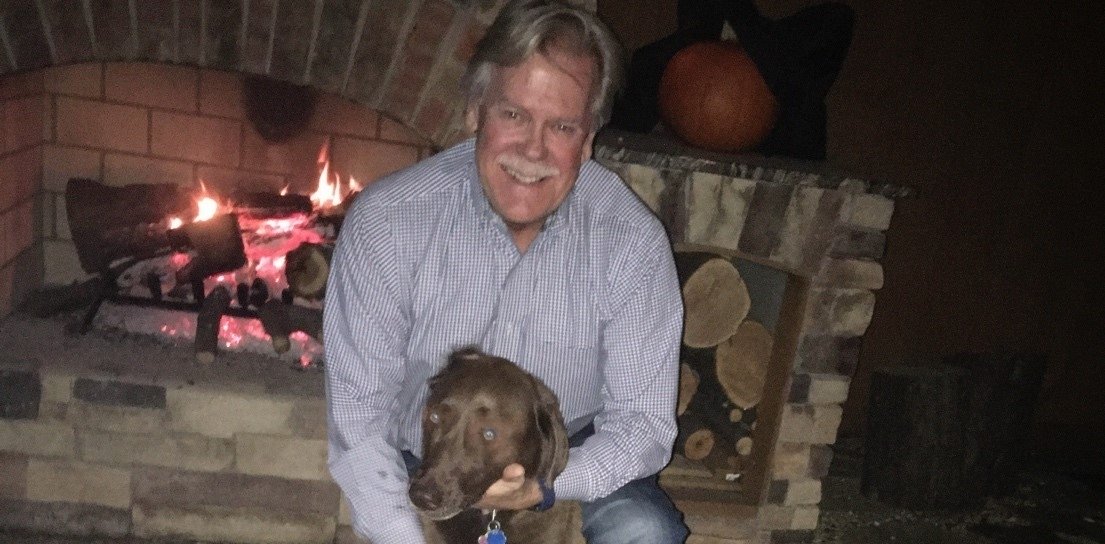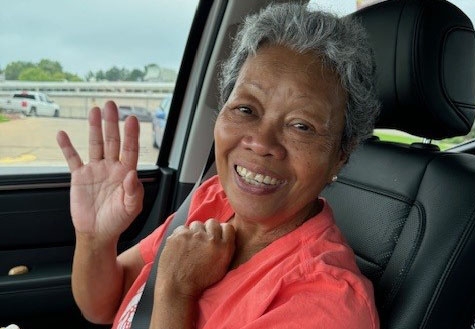- Diseases
- Acoustic Neuroma (14)
- Adrenal Gland Tumor (24)
- Anal Cancer (68)
- Anemia (2)
- Appendix Cancer (16)
- Bile Duct Cancer (26)
- Bladder Cancer (72)
- Brain Metastases (28)
- Brain Tumor (232)
- Breast Cancer (714)
- Breast Implant-Associated Anaplastic Large Cell Lymphoma (2)
- Cancer of Unknown Primary (4)
- Carcinoid Tumor (8)
- Cervical Cancer (158)
- Colon Cancer (166)
- Colorectal Cancer (118)
- Endocrine Tumor (4)
- Esophageal Cancer (44)
- Eye Cancer (36)
- Fallopian Tube Cancer (8)
- Germ Cell Tumor (4)
- Gestational Trophoblastic Disease (2)
- Head and Neck Cancer (12)
- Kidney Cancer (128)
- Leukemia (342)
- Liver Cancer (50)
- Lung Cancer (286)
- Lymphoma (278)
- Mesothelioma (14)
- Metastasis (30)
- Multiple Myeloma (100)
- Myelodysplastic Syndrome (60)
- Myeloproliferative Neoplasm (6)
- Neuroendocrine Tumors (16)
- Oral Cancer (100)
- Ovarian Cancer (172)
- Pancreatic Cancer (160)
- Parathyroid Disease (2)
- Penile Cancer (14)
- Pituitary Tumor (6)
- Prostate Cancer (146)
- Rectal Cancer (58)
- Renal Medullary Carcinoma (6)
- Salivary Gland Cancer (14)
- Sarcoma (238)
- Skin Cancer (296)
- Skull Base Tumors (56)
- Spinal Tumor (12)
- Stomach Cancer (64)
- Testicular Cancer (28)
- Throat Cancer (92)
- Thymoma (6)
- Thyroid Cancer (98)
- Tonsil Cancer (30)
- Uterine Cancer (80)
- Vaginal Cancer (16)
- Vulvar Cancer (20)
- Cancer Topic
- Adolescent and Young Adult Cancer Issues (20)
- Advance Care Planning (10)
- Biostatistics (2)
- Blood Donation (18)
- Bone Health (8)
- COVID-19 (362)
- Cancer Recurrence (120)
- Childhood Cancer Issues (120)
- Clinical Trials (632)
- Complementary Integrative Medicine (22)
- Cytogenetics (2)
- DNA Methylation (4)
- Diagnosis (232)
- Epigenetics (6)
- Fertility (62)
- Follow-up Guidelines (2)
- Health Disparities (14)
- Hereditary Cancer Syndromes (126)
- Immunology (18)
- Li-Fraumeni Syndrome (8)
- Mental Health (116)
- Molecular Diagnostics (8)
- Pain Management (62)
- Palliative Care (8)
- Pathology (10)
- Physical Therapy (18)
- Pregnancy (18)
- Prevention (918)
- Research (392)
- Second Opinion (74)
- Sexuality (16)
- Side Effects (604)
- Sleep Disorders (10)
- Stem Cell Transplantation Cellular Therapy (216)
- Support (402)
- Survivorship (322)
- Symptoms (182)
- Treatment (1786)
Racing despite adenoid cystic carcinoma metastasis
3 minute read | Published March 14, 2018
Medically Reviewed | Last reviewed by an MD Anderson Cancer Center medical professional on March 14, 2018
In the last five years, I’ve competed in 10 professional outrigger canoeing competitions across North and South America. I’ve also had stereotactic radiation therapy and cryoablation, and taken immunotherapy and targeted therapy drugs to treat my metastatic adenoid cystic carcinoma, a rare type of head and neck cancer.
To say I’m blessed to be able to maintain my professional canoeing career while undergoing cancer treatment at MD Anderson is an understatement.
An unexpected adenoid cystic carcinoma diagnosis
My cancer journey began in 2007, when I discovered a tiny bump behind my left ear. Being only 28 at the time, I didn’t think much of it.
But when I started feeling pain around the bump six months later, I went to a head and neck specialist in my native country of Peru. The doctor said I likely had a benign tumor that needed to be removed.
Unfortunately, after my surgery, pathology results showed my tumor was actually adenoid cystic carcinoma. I completed 30 rounds of radiation therapy and went into remission.
My adenoid cystic carcinoma recurrence
I continued to show no evidence of disease until 2013. During a follow-up appointment, a PET scan showed suspicious activity in the L3 vertebra of my spine. By then, I’d already been competing professionally with Peru’s national women’s outrigger team for a year, and I worried that this new cancer diagnosis would end my career.
My father urged me to seek a second opinion at MD Anderson, so with the help of MD Anderson’s International Center, we scheduled my first appointment with Dr. Ehab Hanna.
When I met with Dr. Hanna the first time, he listened to my concerns and identified the best treatment options that would allow me to keep doing what I love. After I received my first stereotactic radiation therapy (a type of high-dose radiation therapy) with Dr. Jing Li, I flew back to Lima, Peru, to compete in a race.
Finding cancer treatments that suit my priorities
I ended up receiving radiation therapy in nine other vertebrae of my spine. Even though the treatments were successful initially, the cancer returned to my spine. My doctors didn’t want to radiate the same vertebrae twice because that would’ve made them too weak, and I wouldn´t have been able to paddle again. So, they suggested I try cryoablation, a treatment that essentially freezes tumors to kill them, with Dr. Alda Tam. I received this treatment four times, sometimes in two different areas simultaneously.
During my fourth treatment, though, my doctors determined that a tumor in my hip bone was too large to treat only with cryoablation, and treating the tumors locally was not stopping the metastasis, which reached my lung.
Since chemotherapy doesn’t work on my type of cancer, I decided to move to Houston to join an immunotherapy and targeted therapy clinical trial with Dr. Apostolia Tsimberidou. Unfortunately, we stopped seeing improvement after several rounds.
Now, I’m waiting to start a new clinical trial. This one is targeted to one of the mutations I have, so I’m feeling very positive about it.
Enjoying my passion despite metastasis
Even though my cancer is now also in my liver, I feel very healthy and have no pain. I still paddle and workout at the gym, and I even competed in two Texas races over the summer.
There’s no denying that cancer has changed my life, but I believe my life has changed in a good way. I’ve become more motivated to find my purpose and leave a footprint, and I’ve become more thankful for the little things that I used to take for granted.
I am thankful that none of the treatments have affected my physical ability to row professionally. Even though my treatment has sometimes kept me from training, I can’t complain. I am just happy that I am able to compete.
Request an appointment at MD Anderson online or by calling 1-844-757-0340.
Related Cancerwise Stories

I’ve become more thankful for the little things that I am able to do.
Jessica Garcia
Survivor





